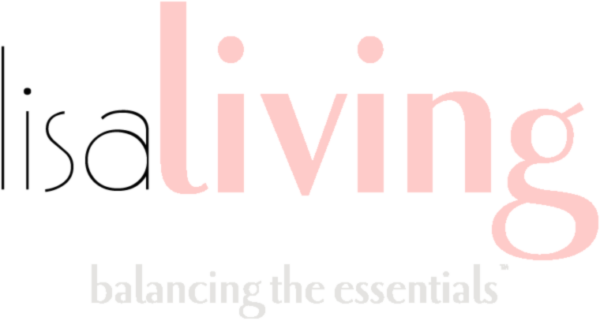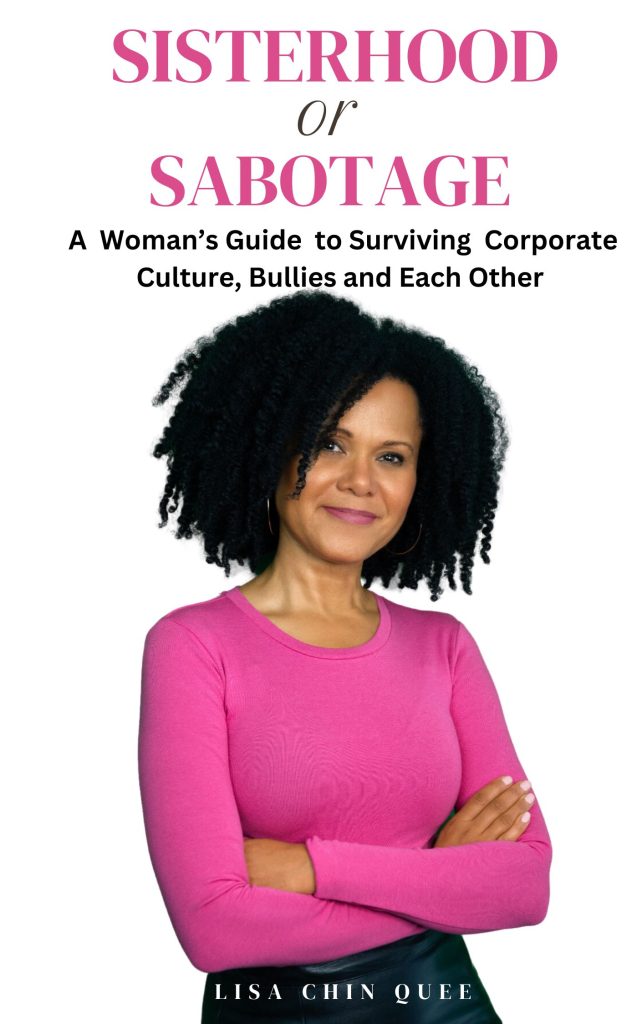By Lisa Chin Quee
As October approached, I remembered it was Breast Cancer Month. It had me thinking about cancer. My curiosity about how donations were distributed and what was being done as it relates to prevention took root. I decided to do some research. Well, my question then turned into various answers and even more questions, which lead me to disappointment but then to what can be done for change and to help the process along. I wasn’t concerned with the fact that funds go to administration, as long as it’s done responsibly, people who do the work should be paid for their dedication and commitment. It was more about prevention, particularly food and pesticides and everyday exposure. We’ve been researching for so long, that there must be discoveries on what, why and how the disease grows which means we must have some knowledge on how to prevent it. Right? Here’s what I found out.
The distribution of cancer donations
In Canada, only 2.6 percent of funds raised in 2010 went to prevention. If you gasped at those figures – we’re on the same page! The majority of it goes to research – biology (studying the difference between normal cells and cancer cells) and treatment – understandably, but what are we (Canada and the rest of the nations) doing about the information we’ve discovered or gleaned from all these years of research? According to the World Health Organization (WHO) we’ve learnt that 30-50% of cancers are preventable. This is what we know:
- Tobacco smoking causes cancer.
- Environmental pollution (air, water and soil) & occupational carcinogens have been linked to cancer.
- Infections can lead to cancer – for example, HPV and Hepatitis B&C
- Radiation is linked to cancer.
- Lack of physical activity and poor diet can contribute which means exercise and eating fruits and veggies are good protection against developing cancer.
- There are a host of various chemicals considered carcinogenic and identified by the World Health Organization as harmful. Too much to address for the simplicity and scope of this piece.
And so treatments and links to causes have been discovered and prevention addressed – somewhat.
What have we done in response to the findings- prevention wise?
In Canada we’ve banned smoking in close quarters and cosmetic pesticides used for making pretty lawns; implemented workplace safety codes and conduct. There’s an annual list, Dirty Dozens, Clean 15 published by the EWG (an American non profit), that identifies which fruits and vegetables have the most pesticide residue, and suggests the ones you should probably buy organic or the ones that are fine to eat non organic. But have we gone far enough? Is this the best use of the findings?
It’s time for redistribution of cancer funds
Looking at the amount of dollars that actually goes to prevention, it’s minimal at best. The old adage, “An ounce of prevention is worth a pound of cure”, seems to be lost or missed by the powers that be. Shouldn’t the percentages of distribution of funding for cancer shift, shouldn’t more funds be allocated to prevention? We are focused on treating the results of an illness that we know in some circumstances are preventable; the research and hard work of dedicated scientists gave us that information. But it is now time to amend our strategy, to direct more funds to prevention so that we have to worry less about treatment.
Prevention – promoting a healthy lifestyle: Is it enough?
There is the promotion of an active lifestyle, healthy eating – on a superficial level it looks good. Although I can’t say I’ve seen any ads or public service announcements promoting activity because it helps to prevent cancer. Anyhow yes, those things help to alleviate and protect but…here is an example to better convey my thoughts:
There is that person, lets call her Jen, who is very health conscious and eats properly, exercises and lives a positive life – but Jen develops a sickness or cancer. And sometimes the response to that type of individual is: “You see, Jen is doing all the right things, so why bother exercise, quit smoking or eat organic … you can still get sick or end up with cancer.” And yes, we are human and just never know what might take us. But, let’s take a minute to review, Jen makes the effort to eat well (she eats fruits and vegetables), exercises, meditates, uses beauty products to moisturize her body and has a fulfilling career. On the surface it all looks good, she is doing all the right things, but take a deeper look. She eats well – fruits and vegetables – but all the products she buys are covered in pesticide residue. She works out regularly on a stationary bike but it is manufactured with a known carcinogen. She takes a shower after working out and moisturizes her skin (but the skincare products may contain known harmful ingredients) and she works in an environment where there are products or office furniture that is also made with these substances. It does sound dire when broken down in this way – but it’s the reality of our modern times. Is it enough to promote a healthy lifestyle? As individuals we should do what we can, but what about the things we have no control over like the manufacturing of products or the farming of our foods?
We must go to the source of these chemicals and business practices
There are products that we use daily that have been identified as having carcinogenic materials in them. Materials that big businesses use to manufacture their merchandises, and unfortunately some although knowing this, continue with business as usual without regard for their customers’ health or the environment. Some seek alternatives while some are only likely to make changes if legally required by the government; and the government bureaucracy is slow in changing policy and law. So if government is afraid to legally mandate to the extent of requiring companies to make changes, then businesses should be mandated as it is in Europe and California, to add labels that warn of products containing carcinogenic substances. Let’s be clear, I believe the government should be the watchdog that protects its citizens and consumers. However, in the mean time, place the decision with the consumer; let them make the choice on how much of a risk they are willing to take with their lives. When an informed consumer goes to purchase they will likely choose the products that are less harmful; and there it is, the incentive for companies to change their practices – the affected bottom line, the loss of sales, potential bankruptcy. So as part of a prevention strategy companies should be required to state on their products (label) sensitivities or links to cancer. An example is the California Prop 65, in California companies are legally required to label warnings on products that may have carcinogenic materials in them. In Europe the use of warning labels have also been implemented. And quite frankly, there are some people who won’t care and will continue to use products labelled to be highly carcinogenic. Look at smoking for instance, there are still millions who inhale with labelled packages; suffice to say, some manufacturers will still have customers and a profitable bottom line. It’s easy to dismiss questions and pacify consumers with a response that harmful levels are way below the limits that will cause human damage, but if everything we are using has some form of carcinogen – doesn’t that raise the chances of being affected?
Funds redistributed – what does it look like?
How about the use of cancer donations and funds to help companies? Your response: “Well, that sounds crazy – these big profit making companies should look at alternatives and cover their costs for transitioning if need be.” I agree completely, but how about smaller businesses, food in particular – actually local organic farmers. Agricultural pesticide residue and food preservatives contribute to cancer and other illnesses; this means the majority of the population is ingesting these chemicals. Why not use raised funds to subsidize local farmers to produce organic foods? It would help to increase the quantity of organic farms consequently more healthy options and affordable for all, not a privilege only for those in higher income brackets.
Canada, we are behind. For years, until now I thought Canada was a leader in making sure its citizens were safe by protections in policies/importation of foods and products. I’ve always been suspect of our American neighbour, but Canada I always thought of as North America’s conscience. I’ve come to learn that I’m wrong. Canadian government, aware of chemicals in our products, foods and ultimately the affect on our health has not gone as far as it can to protect Canadians. And it’s not for lack of awareness, there are Canadian non profit, non partisan organizations like Environmental Defence who through research and aligning with experts present the facts and concerns. But if we need to take baby steps, then labels need to be a requirement until businesses realize that healthy can also mean profitability or at least until their social responsibility conscience kicks in. Charities (and government – three quarters of research funding comes from the government) need to review the findings on research that their donations have helped to discover and based on the facts and analysis redirect funds toward ideas that contribute to prevention . The status quo, apart from being unacceptable … is killing us.
Sources:
Carolyn Gotay PhD, Trends in Cancer Research Funding, 2013
World Health Organization (WHO)
National Post, The Fundraising Complex – The New War on Cancer, Claire Brownell https://nationalpost.com/features/the-fundraising-complex
California : www.p65warnings.ca.gov
Keep informed:
2018 Dirty Dozen and Clean 15: Fruits and Vegetables to Buy Organic
Photo credit: Khamkhor




